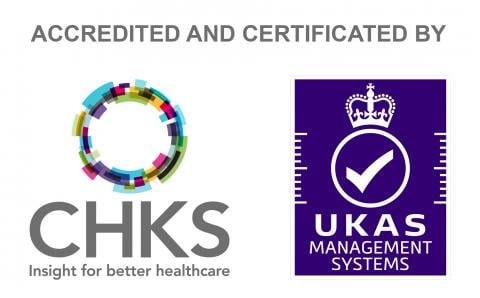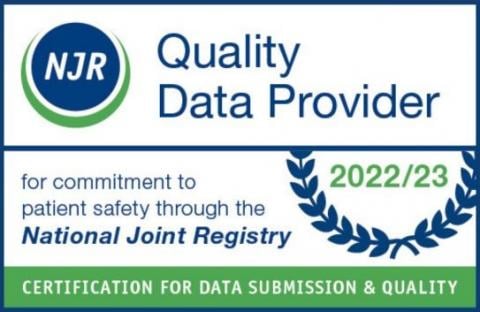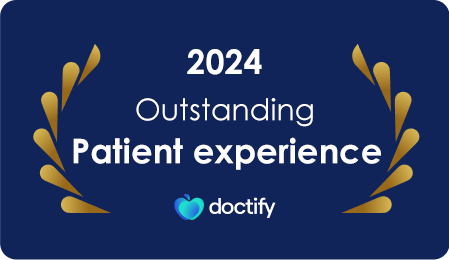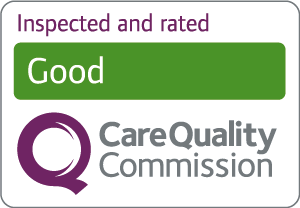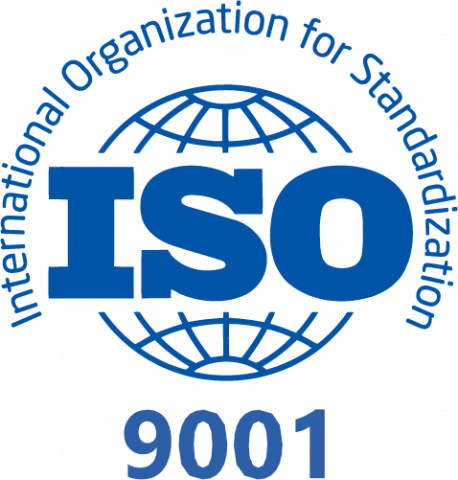Wireless pH Monitoring during a routine gastroscopy is offered in order to obtain more accurate objective information regarding acidity levels in the oesophagus.
Reflux refers to stomach contents (e.g. stomach acid, food) riding up or flowing from the stomach into the oesophagus (food pipe). It is also called gastro-oesophageal reflux disease (GORD). This can lead to unpleasant symptoms of heartburn, regurgitation, chest pain, sore throat, cough, sickness and vomiting. Acid reflux can lead to inflammation in the oesophagus (oesophagitis) and sometimes cause a condition known as Barrett’s oesophagus.
Causes of acid reflux include:
- Gastroparesis (delayed emptying of the stomach)
- Relaxation of the lower oesophagus sphincter (a muscle valve)
- Hiatus hernia (stomach displacing) into the chest
- Being overweight or obese
- Lifestyle factors (e.g. Diet, alcohol intake, smoking, sleeping habits)
Acid reflux or GORD is usually diagnosed by the clinical symptoms and gastroscopy is an important test to ensure there is no inflammation or changes in the oesophagus lining such as Barrett’s oesophagus.
Consultants and Clinic Times

Dr Sonny KF Chong
Specialities
Gastroenterology, Paediatrics
